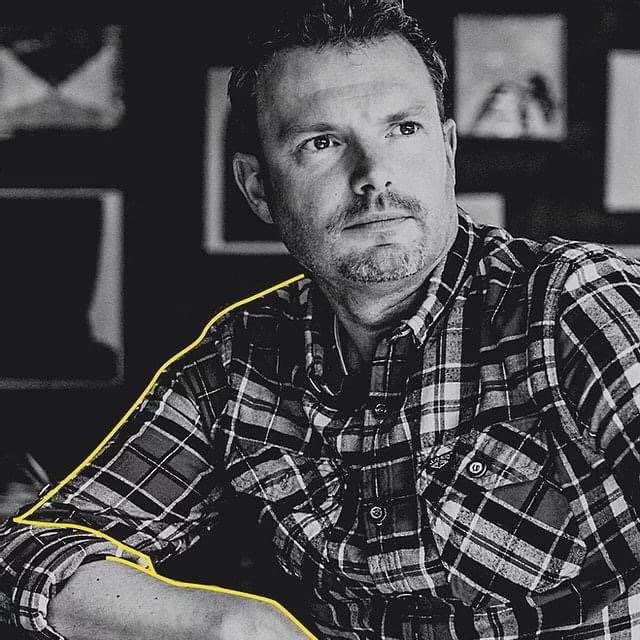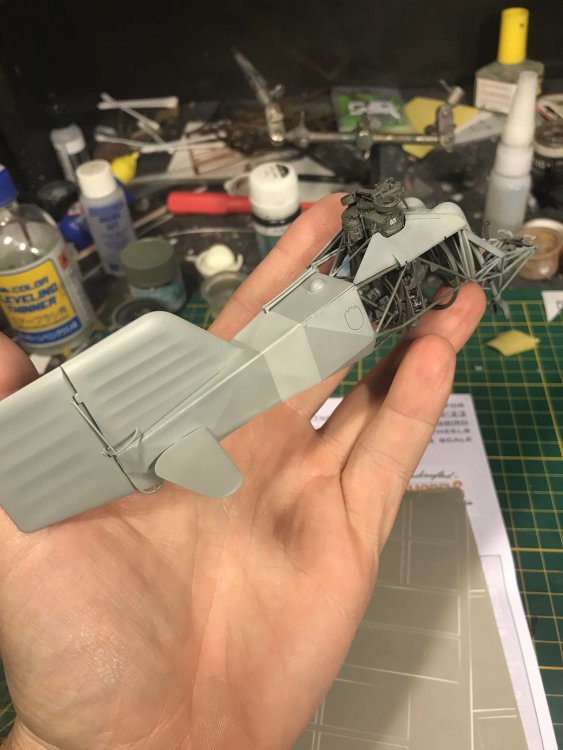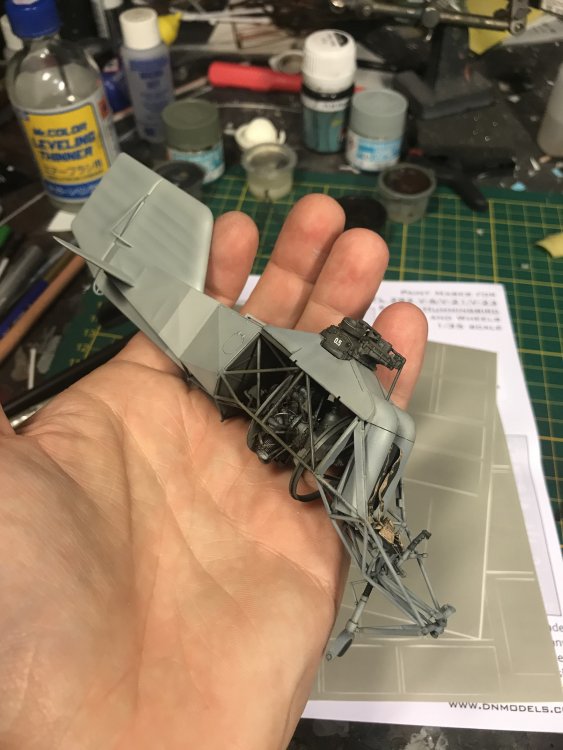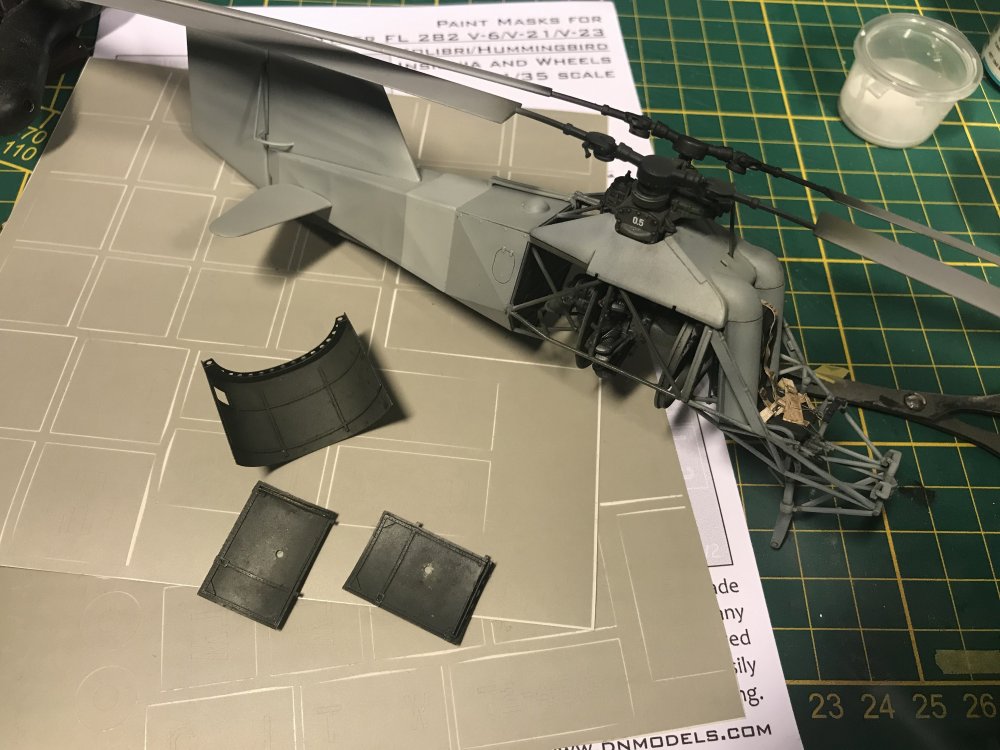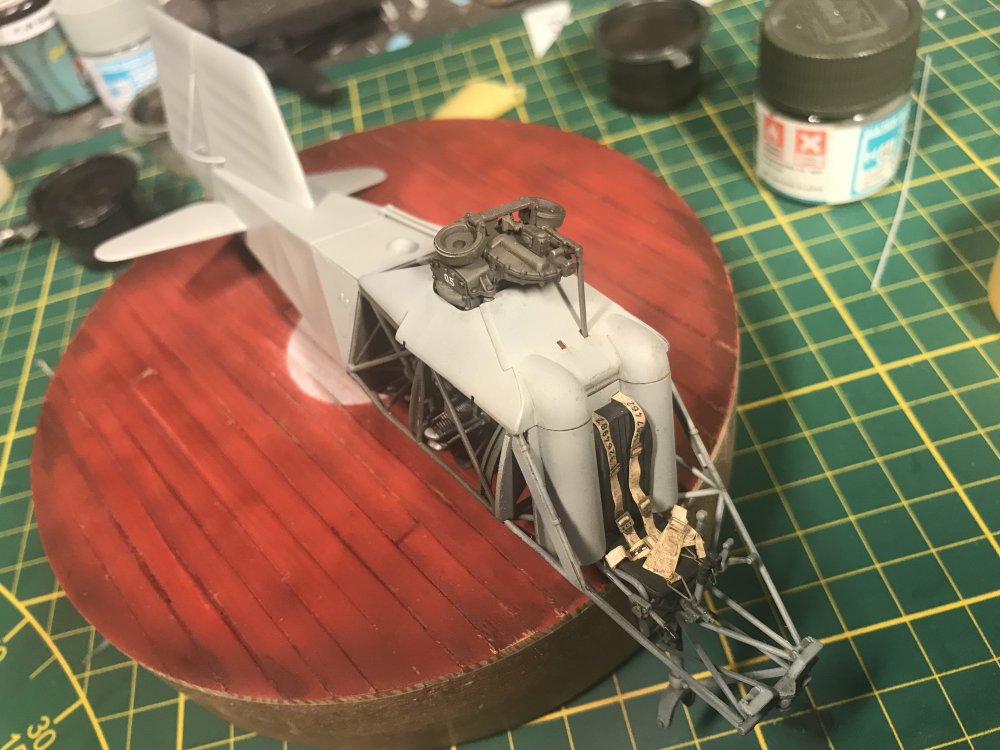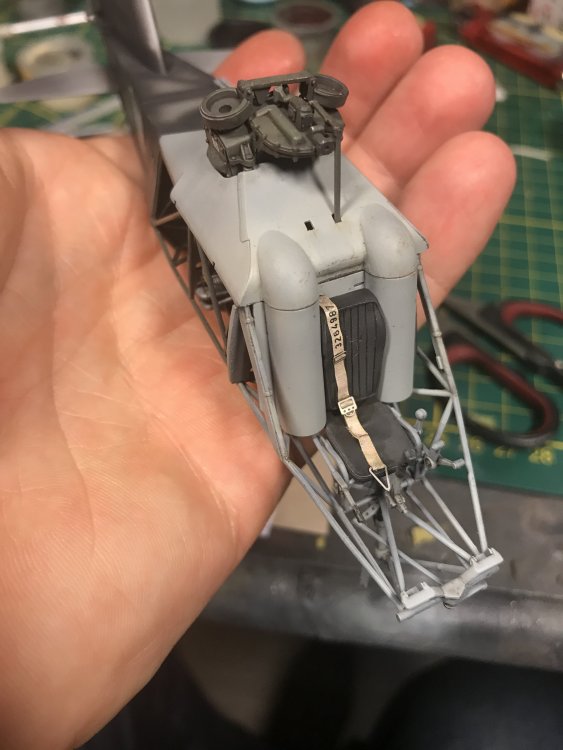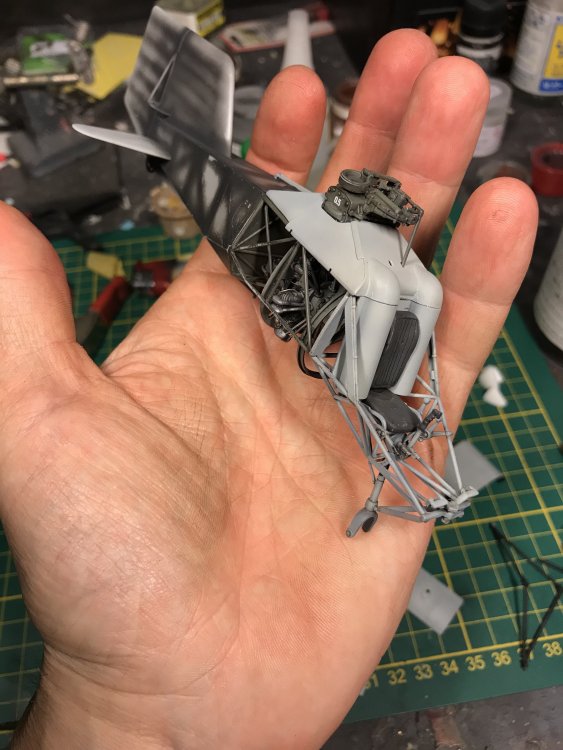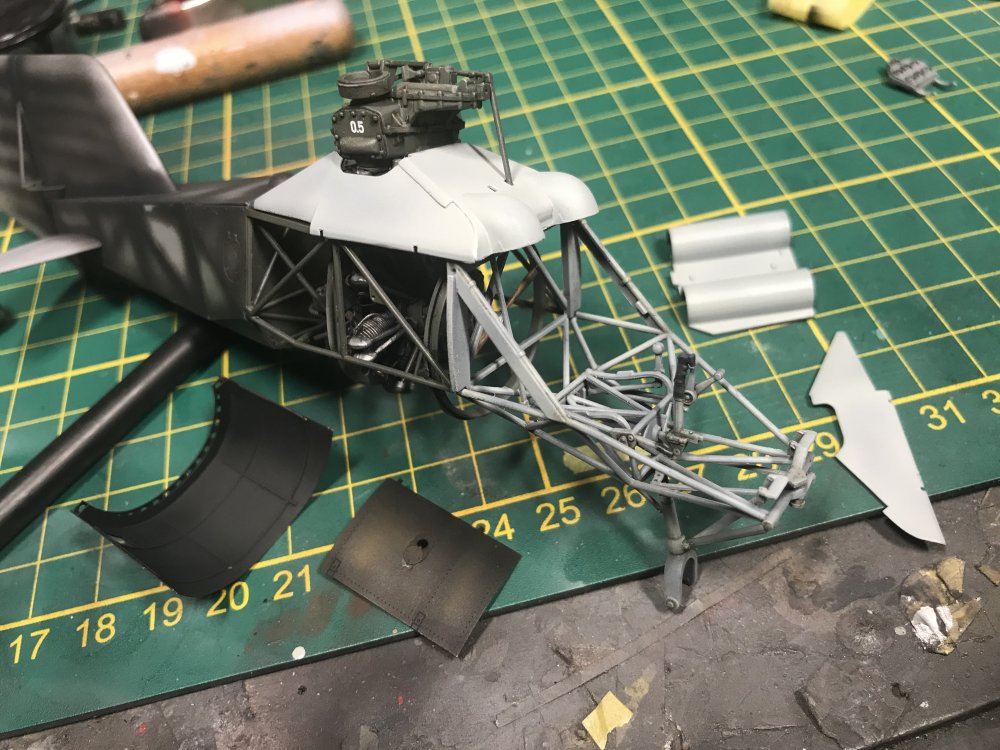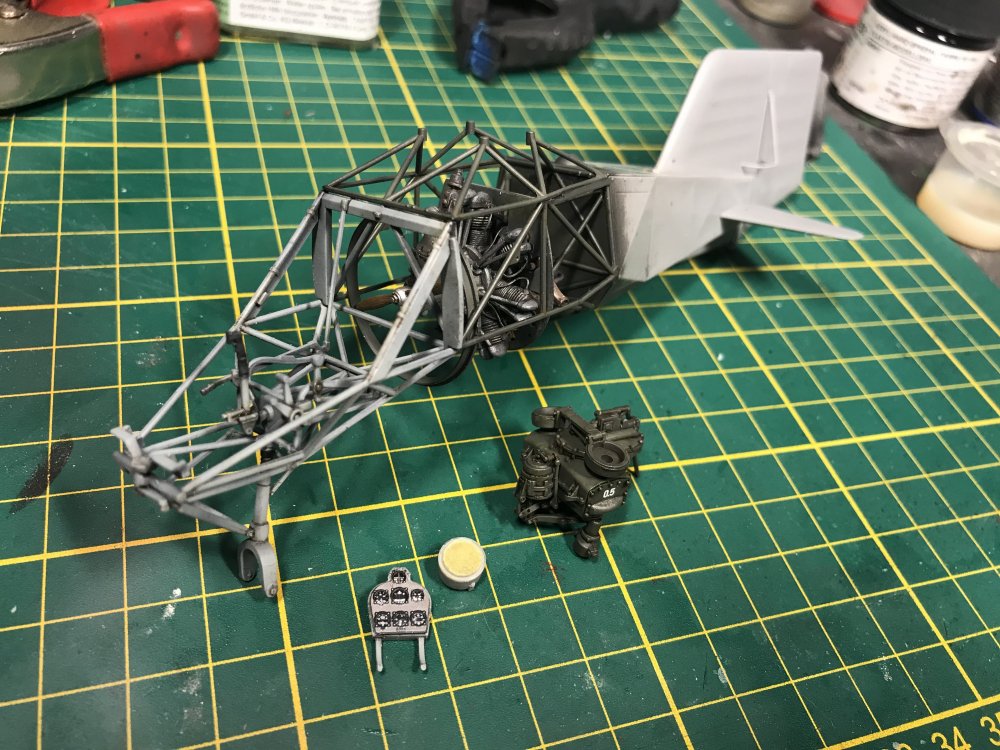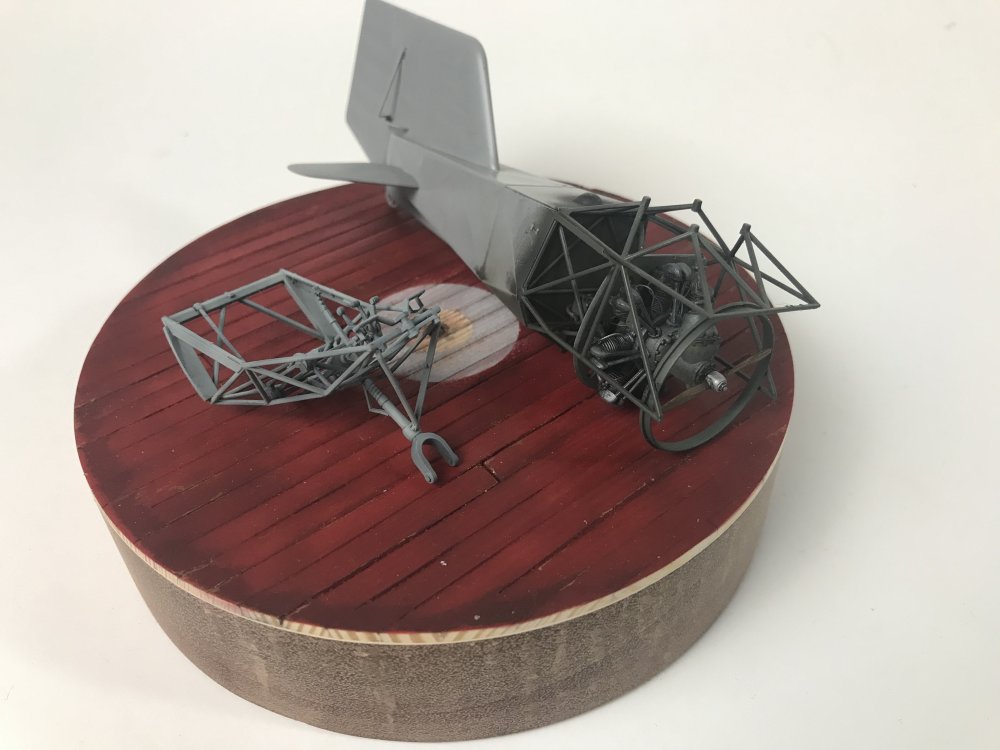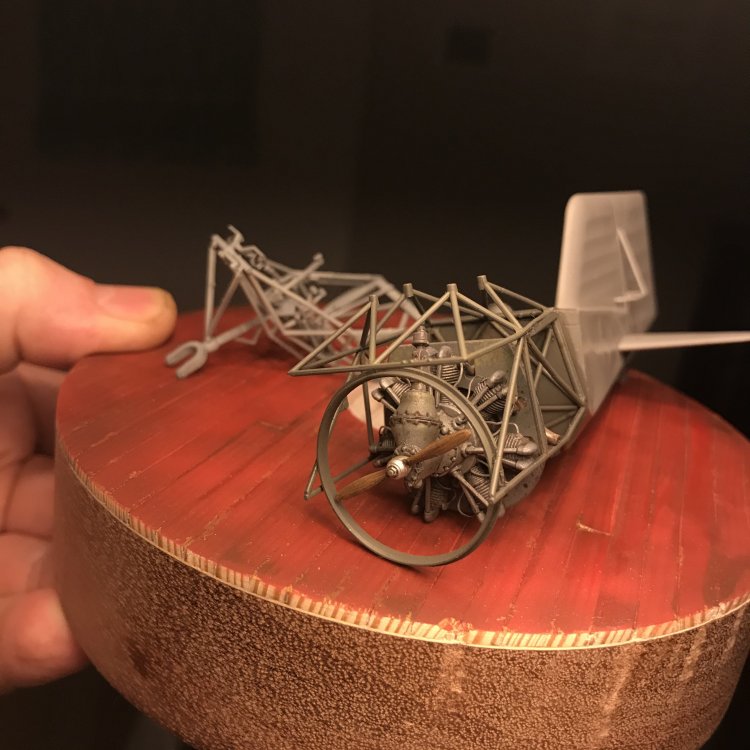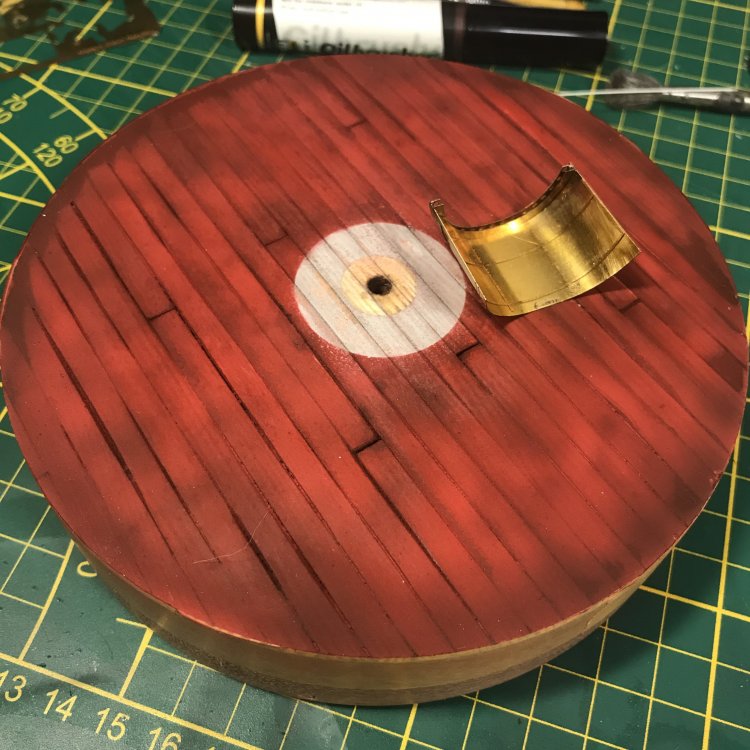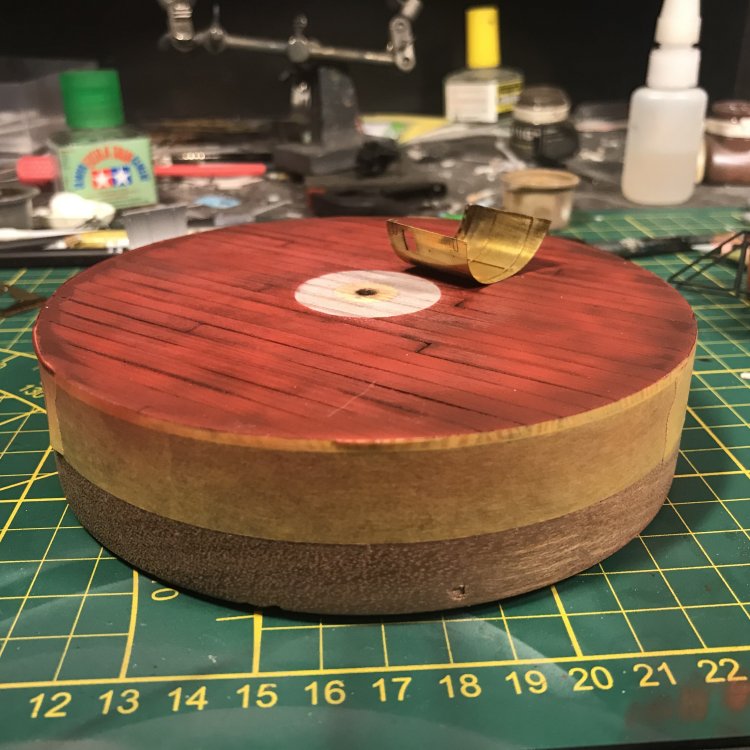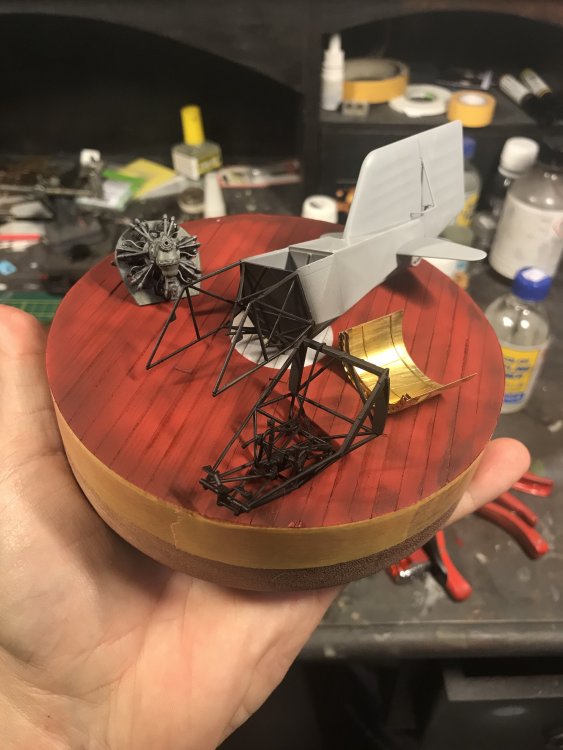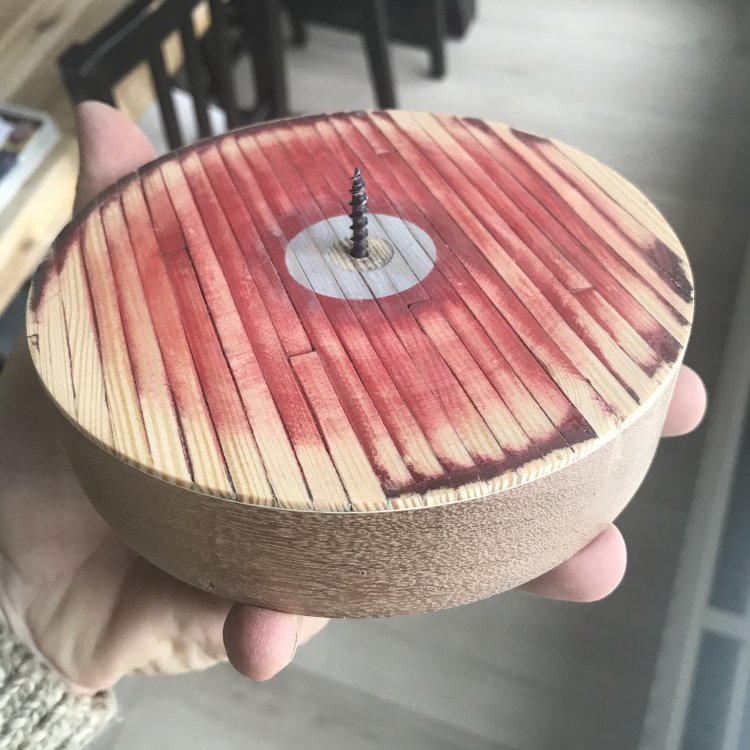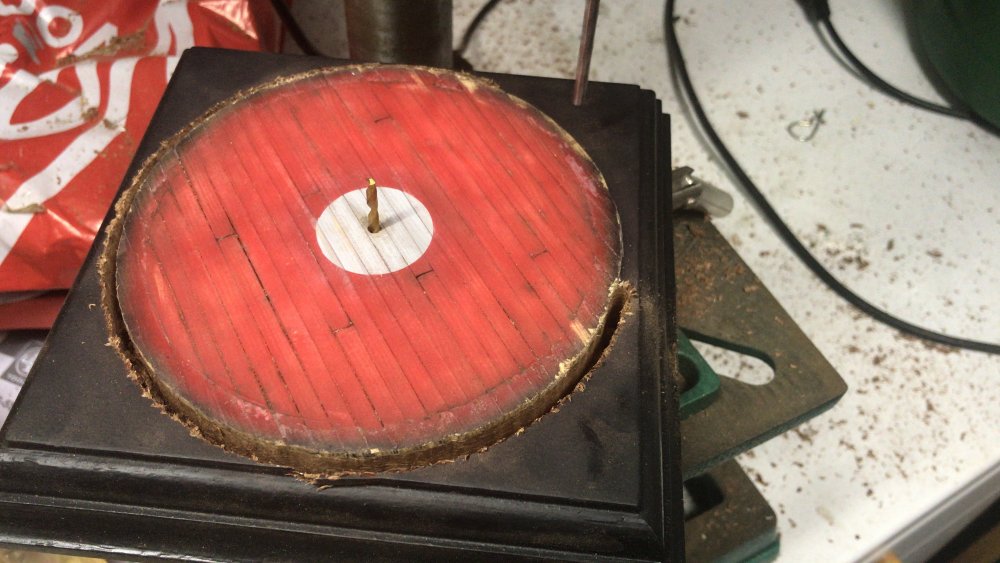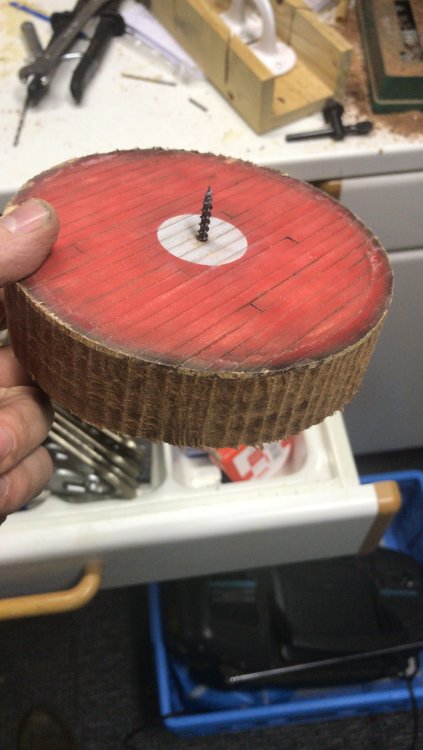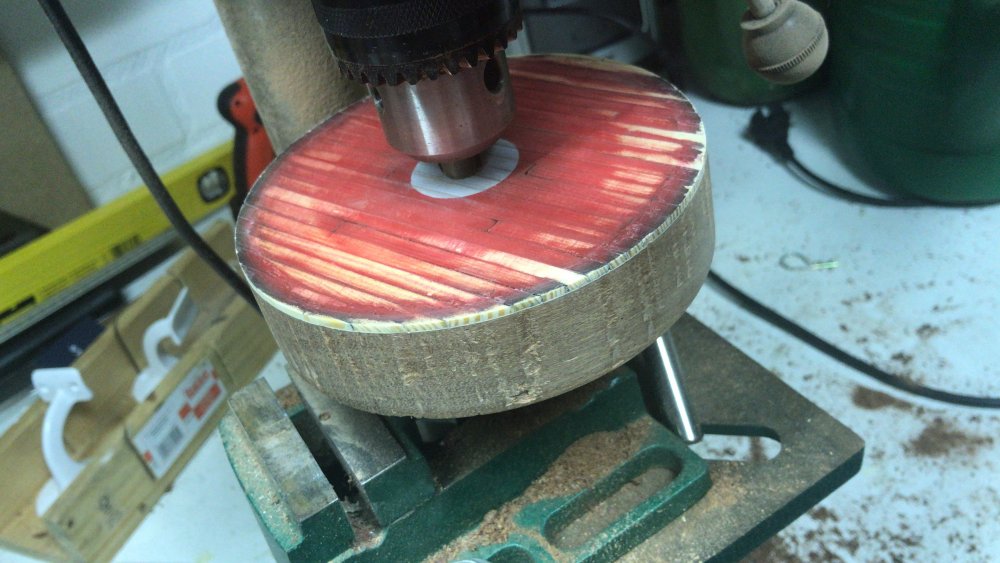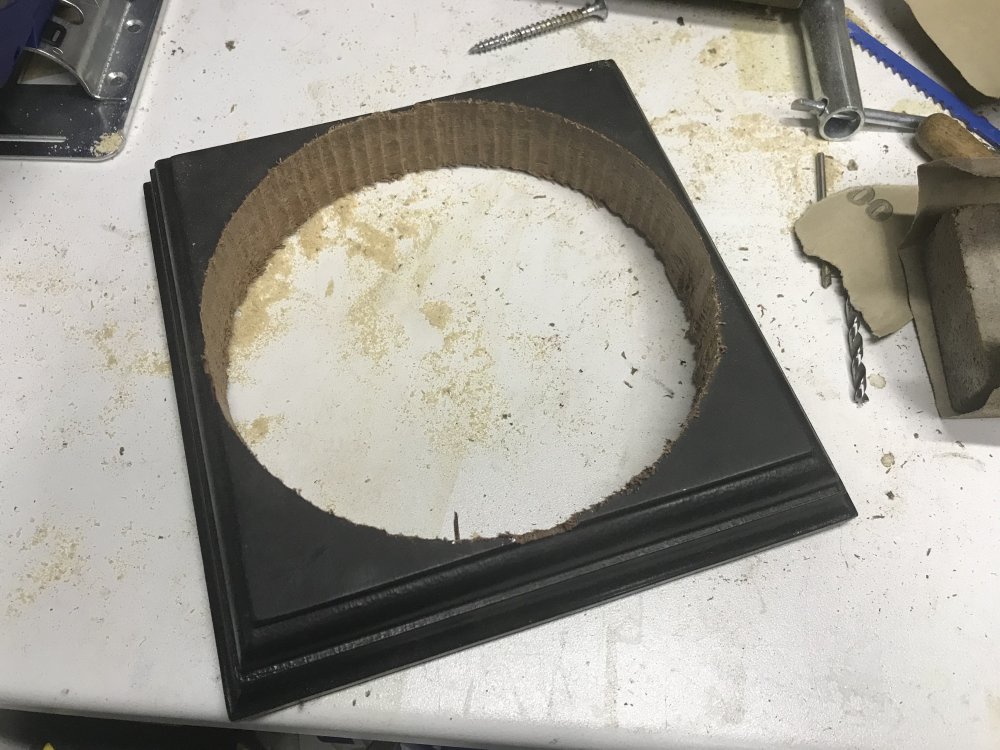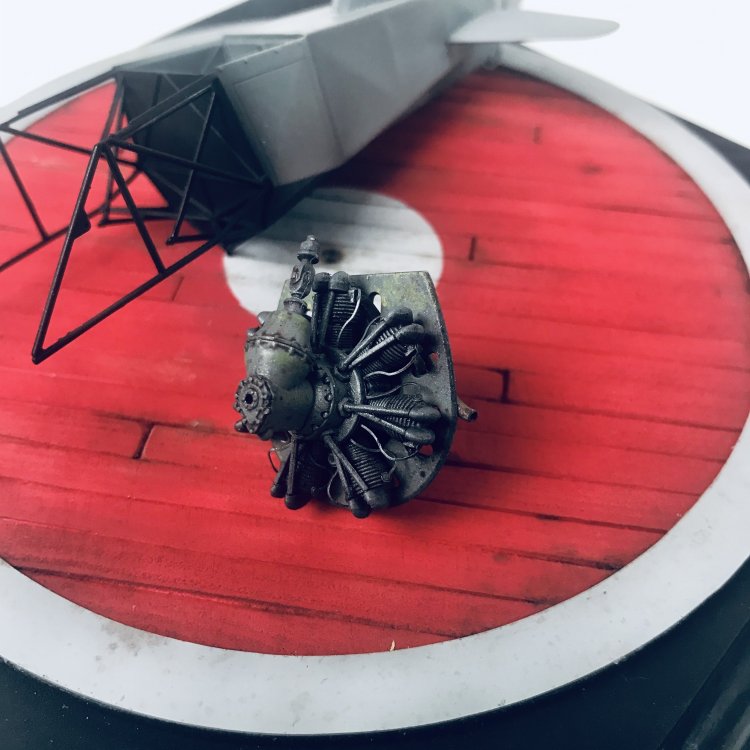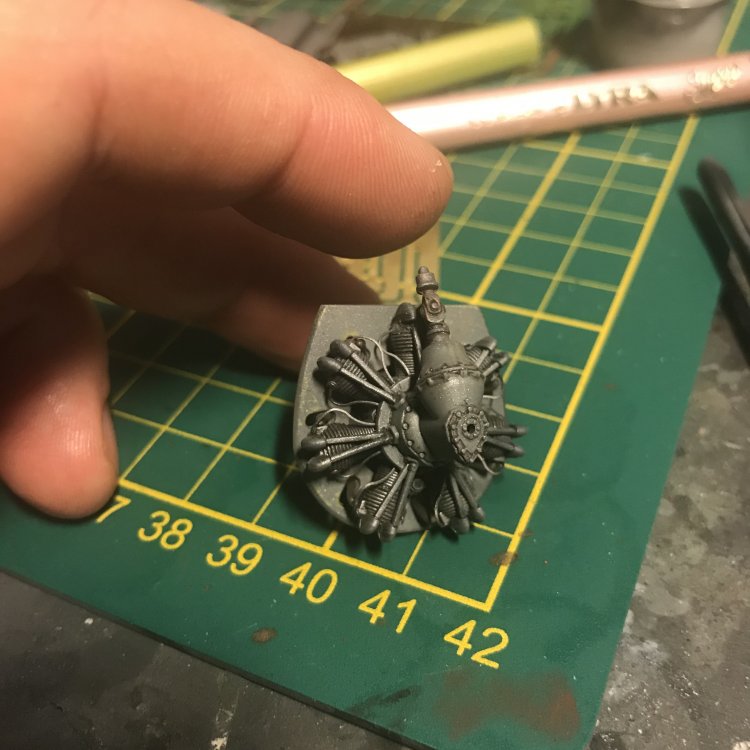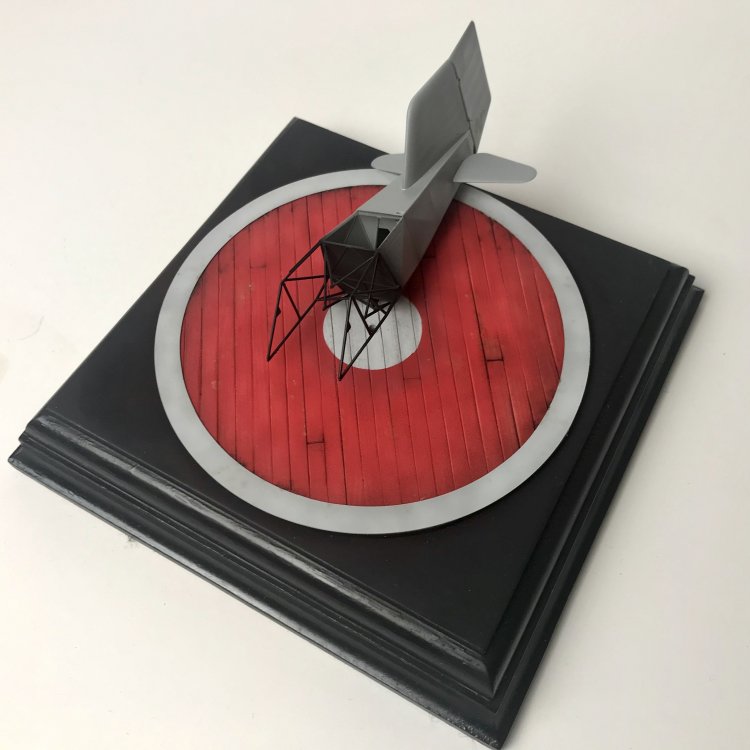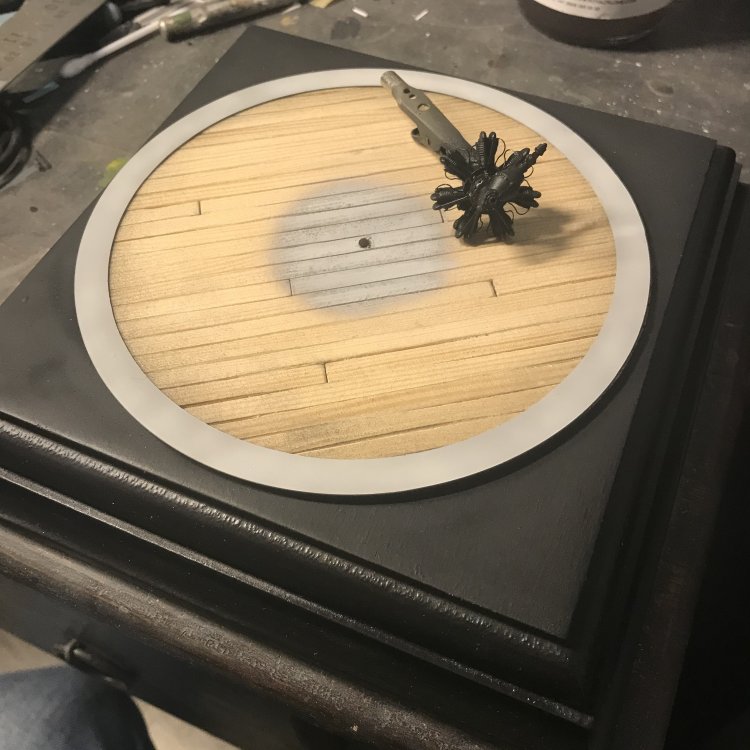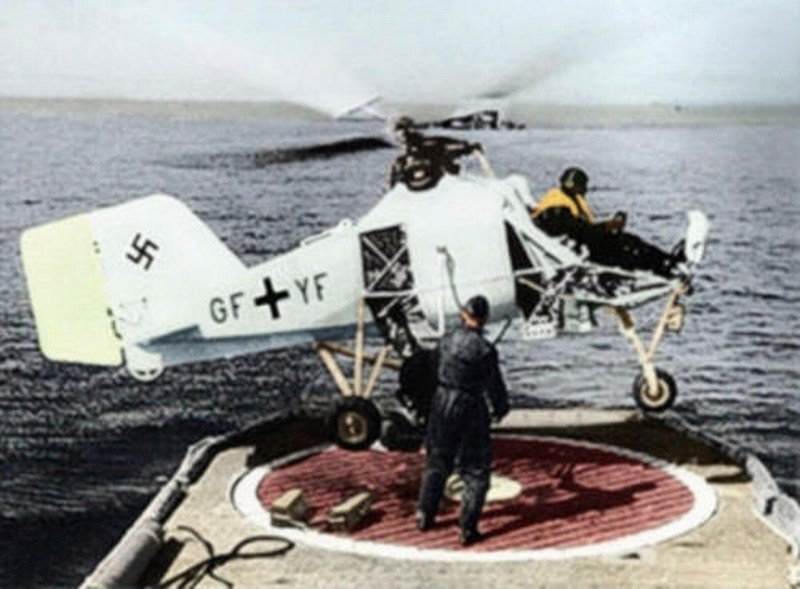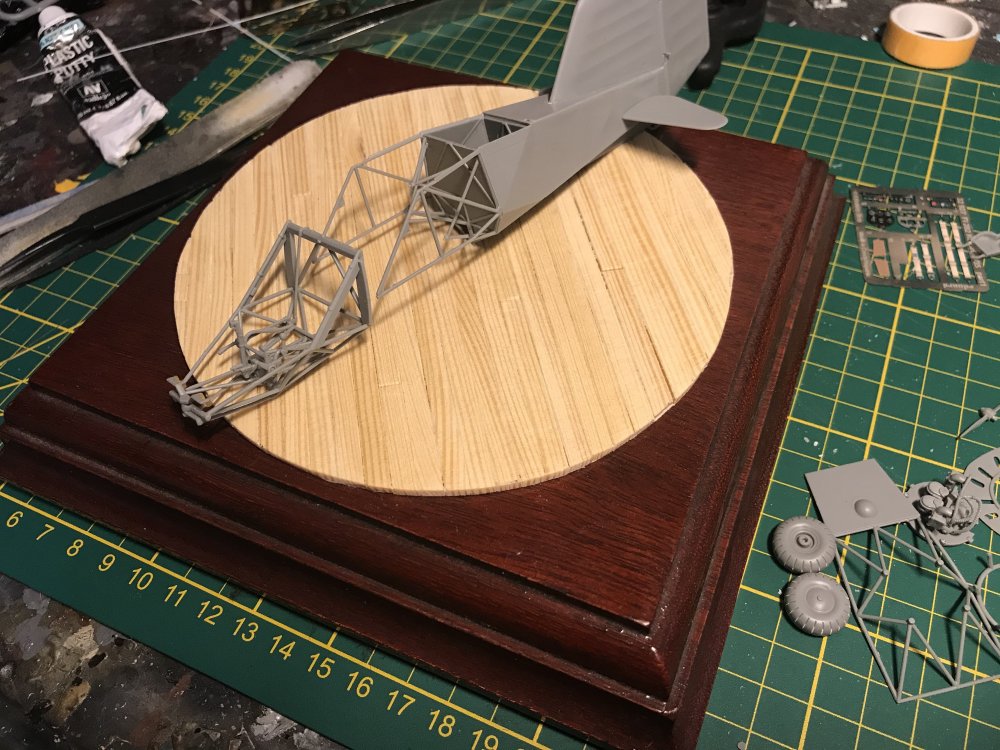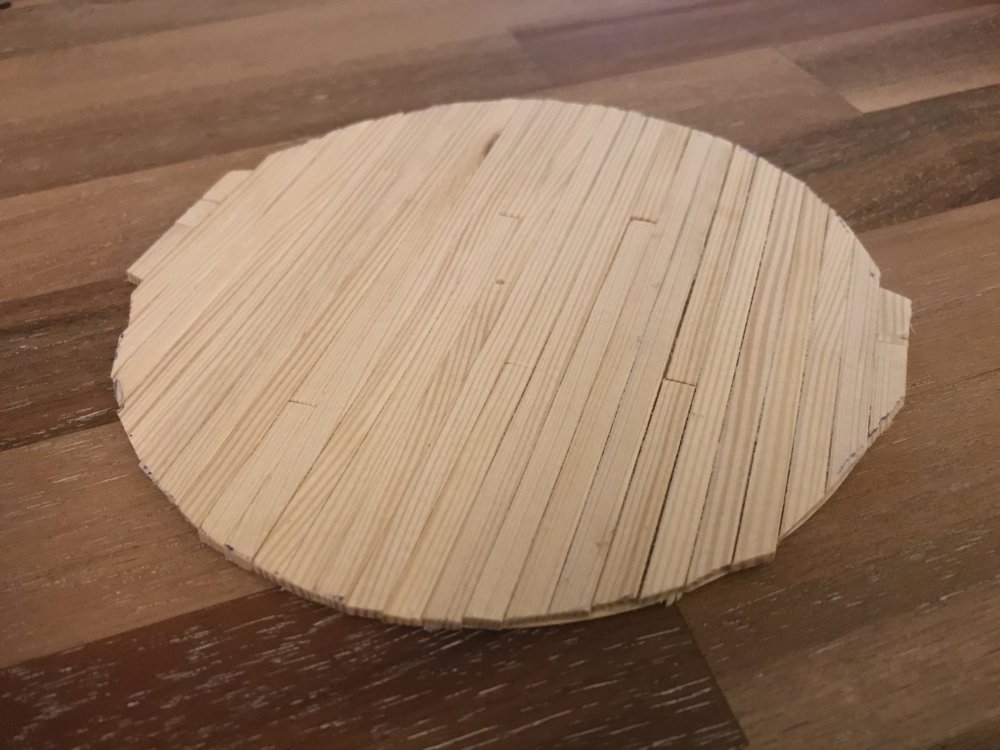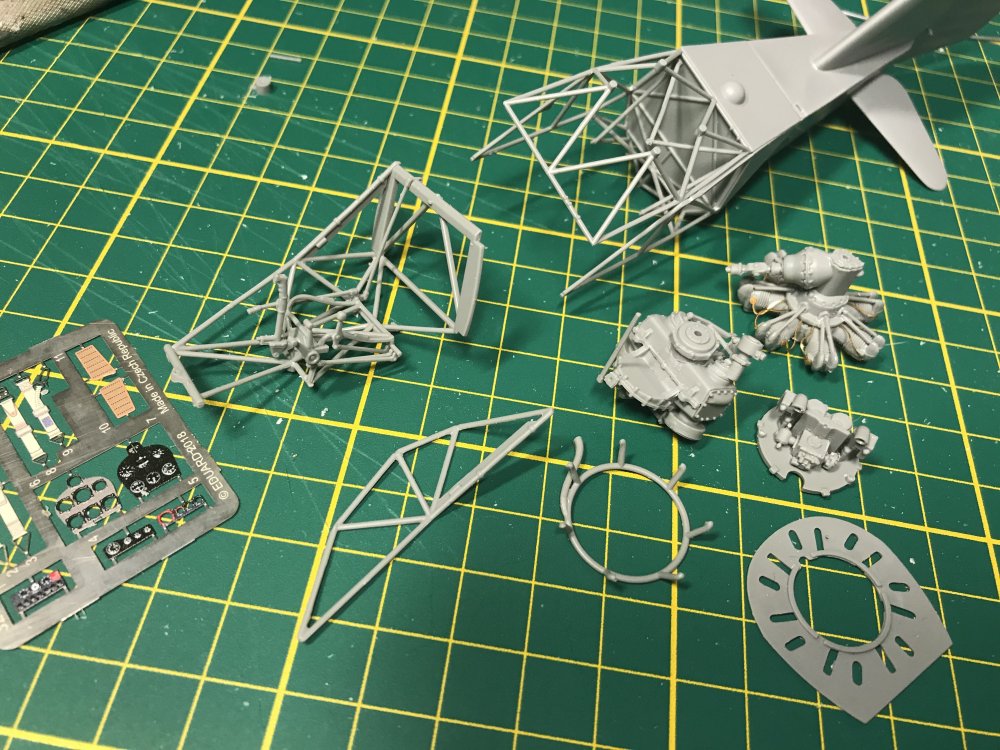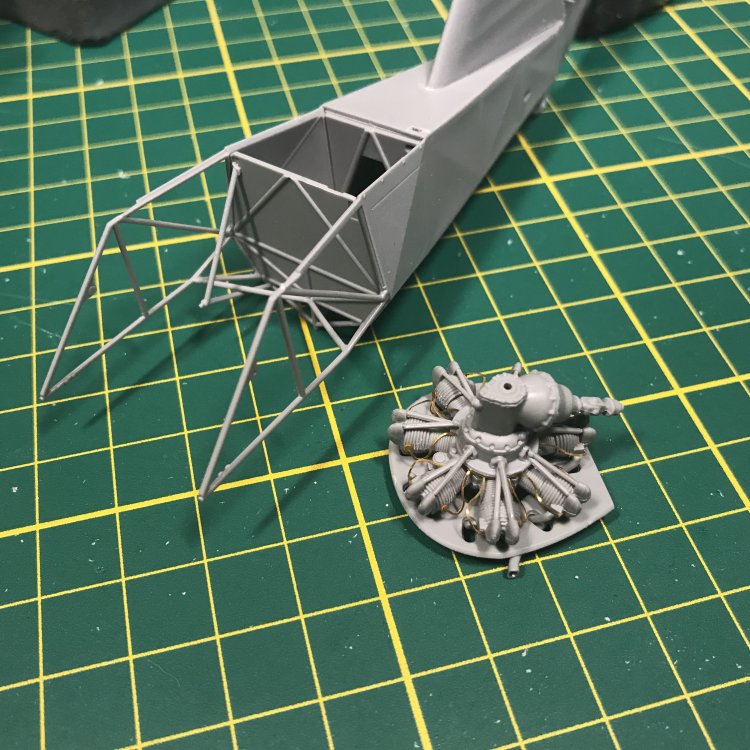-
Posts
4,777 -
Joined
-
Last visited
Content Type
Profiles
Forums
Events
Gallery
Everything posted by JeroenPeters
-
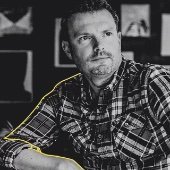
FL 282 Flettner V-6
JeroenPeters replied to JeroenPeters's topic in LSM 1/35 and Larger Work In Progress
-

FL 282 Flettner V-6
JeroenPeters replied to JeroenPeters's topic in LSM 1/35 and Larger Work In Progress
-

FL 282 Flettner V-6
JeroenPeters replied to JeroenPeters's topic in LSM 1/35 and Larger Work In Progress
-

FL 282 Flettner V-6
JeroenPeters replied to JeroenPeters's topic in LSM 1/35 and Larger Work In Progress
Thnx Rob, it is indeed a model that makes it difficult to handle. The fit of the upper panels was a bit fiddly but it’s on. -

FL 282 Flettner V-6
JeroenPeters replied to JeroenPeters's topic in LSM 1/35 and Larger Work In Progress
-

FL 282 Flettner V-6
JeroenPeters replied to JeroenPeters's topic in LSM 1/35 and Larger Work In Progress
-

FL 282 Flettner V-6
JeroenPeters replied to JeroenPeters's topic in LSM 1/35 and Larger Work In Progress
-

FL 282 Flettner V-6
JeroenPeters replied to JeroenPeters's topic in LSM 1/35 and Larger Work In Progress
-

FL 282 Flettner V-6
JeroenPeters replied to JeroenPeters's topic in LSM 1/35 and Larger Work In Progress
-

FL 282 Flettner V-6
JeroenPeters replied to JeroenPeters's topic in LSM 1/35 and Larger Work In Progress
-

FL 282 Flettner V-6
JeroenPeters replied to JeroenPeters's topic in LSM 1/35 and Larger Work In Progress
-

Fokker aircraft you'd love in large scale?
JeroenPeters replied to Sir Desmond Glazebrook's topic in Modelling Discussion
Fokker G.1 My grandfather built fokker planes before and during the war. Including the G.1. -
oh my god! this is insane! Respect!
-

FL 282 Flettner V-6
JeroenPeters replied to JeroenPeters's topic in LSM 1/35 and Larger Work In Progress
-
lovely work and a great kit. Keep it up!
-

das werk 1:35 Faun L 900 including SdAh 115
JeroenPeters replied to James H's topic in Armour/AFV Reviews
You've made your point. The wheels are off. I just looked at your profile and all the posts you've made concern critique on new kits. I friendly suggest you earn some merit by building a kit and posting it. Regards, Jeroen Staff member -

FL 282 Flettner V-6
JeroenPeters replied to JeroenPeters's topic in LSM 1/35 and Larger Work In Progress
-

FL 282 Flettner V-6
JeroenPeters replied to JeroenPeters's topic in LSM 1/35 and Larger Work In Progress
-

FL 282 Flettner V-6
JeroenPeters replied to JeroenPeters's topic in LSM 1/35 and Larger Work In Progress
-

FL 282 Flettner V-6
JeroenPeters replied to JeroenPeters's topic in LSM 1/35 and Larger Work In Progress
-

FL 282 Flettner V-6
JeroenPeters replied to JeroenPeters's topic in LSM 1/35 and Larger Work In Progress
-

FL 282 Flettner V-6
JeroenPeters replied to JeroenPeters's topic in LSM 1/35 and Larger Work In Progress
-

FL 282 Flettner V-6
JeroenPeters replied to JeroenPeters's topic in LSM 1/35 and Larger Work In Progress
-

Fa330 Bachsteize (Wagtail)
JeroenPeters replied to rkranias's topic in LSM 1/32 and Larger Aircraft Ready for Inspection
Wow!!! Lovely work! -

FL 282 Flettner V-6
JeroenPeters replied to JeroenPeters's topic in LSM 1/35 and Larger Work In Progress

